Black Brazilians reflect on life under Bolsonaro
- Text by Lucca Messer
- Photography by Lucca Messer

“They don’t do anything. I don’t think they’re even good for procreation anymore,” said Jair Bolsonaro, referring to quilombolas, the black descendants of rebel African slaves.
The racist garbage spewed by men in power these days is becoming increasingly common. But in a place like Brazil, where over 70 per cent of those killed are black or mixed race, this hateful rhetoric can only serve to fuel the bloodbath predicted by sociologist Jesse Souza in a Huck interview last year. The most recent victim is black musician Evaldo Rosa dos Santos, killed by an army officer who opened fire on his car while he and his family, including his seven-year-old son, were on their way to a baby shower in Rio. They filled his body with 80 bullets. Recycling collector Luciano Macedo, a passer-by who came to his rescue, was also shot at and later died in hospital.
In a bid to find out what black Brazilians make of it all, I headed to Salvador, the city with the largest population of afrodescendants outside of the African continent. Here’s what locals had to say.
Lenilce de Souza Gomes Dias, 58
“I didn’t vote for Bolsonaro – nor did anyone in my family. I’ve been selling coconuts on the streets for over 10 years. I’m not sure what’s going to happen now – my main focus is to keep myself alive.”

Raildo Souza Cardoso, 35
“I’m a professional Capoeirista. But right now I’m unemployed, so I do street shows to earn money from the tourists who pose next to me for a picture. I didn’t vote for Bolsonaro, but the change has to come from the population. We can’t expect anything from the government. We’re the only ones who can actually change things.”

Wallace Sergio, 26, Juliana Cardoso, 27
“We voted for Bolsonaro and we believe in his government. We want to live in a safer Salvador. We also want more financial independence.”

Roberto Hashtag, 25
“I want to run for office here in Salvador as Roberto Hashtag. I think it’s a strong name. People need to have more options, and I believe I can change a lot of things here. I’m a member of Bolsonaro’s PSL party, so yes, I voted for him as I didn’t see any other interesting options. This notion that Bolsonaro is racist was created by the opposition; I’ve never seen him act in a racist manner. The fight is for the human race; it’s not a question of race.”

Andrea Anges, 25
“Yes, I voted for Bolsonaro, and people are often surprised when I say that. I don’t agree with some of his reforms, but we couldn’t have the Worker’s Party in power again. Brazil was in a chaotic situation. We needed change, that’s why I voted for him. Either way, I’d like to see more black people represented in the media.”

Paulett Furacão
“I’m the first transsexual woman to occupy a government position in the state of Bahia. Specifically here in my community, the LGBTQ population has a lot of respect. We fought hard for this; it shows that our resistance is powerful, and that we can change a lot by uniting our voices. I have lost many transsexual friends here in Salvador. They’ve been cowardly murdered by a homophobic society. We have yet to feel the direct impact from the current Bolsonaro government – but our resistance is here to stay.”

Adriele Rosario, 26
“You know, I’m very lucky to be at university thanks to the left-wing policies that the Worker’s Party passed during their term in office. I still hope to raise the awareness of people here in Salvador. As a black woman, I definitely feel more threatened than before. Our resistance now has to be stronger than ever.”

Tainã de Santana Cardoso, 24, Milena Ferreira, 26
“The ‘black meat’ is the cheapest meat in the market. Given the quiet yet ongoing genocide of the black population, our meat, as black lesbians, is going to be even cheaper. As the black population was never given an active voice in society, when we do speak out we’re immediately seen as extremists. Racism in Brazil is intrinsic; it’s built into the culture.”

Ana Cássia, 37
“I’ve always been a Baiana do Acarajé. I fight for this tradition on a daily basis as it’s also a form of resistance. We keep the tradition alive despite black culture being in a state of neglect. More than ever, we need people of a lighter black skin to start identifying as black. It’s also about strength in numbers.”

Enjoyed this article? Like Huck on Facebook or follow us on Twitter.
Latest on Huck
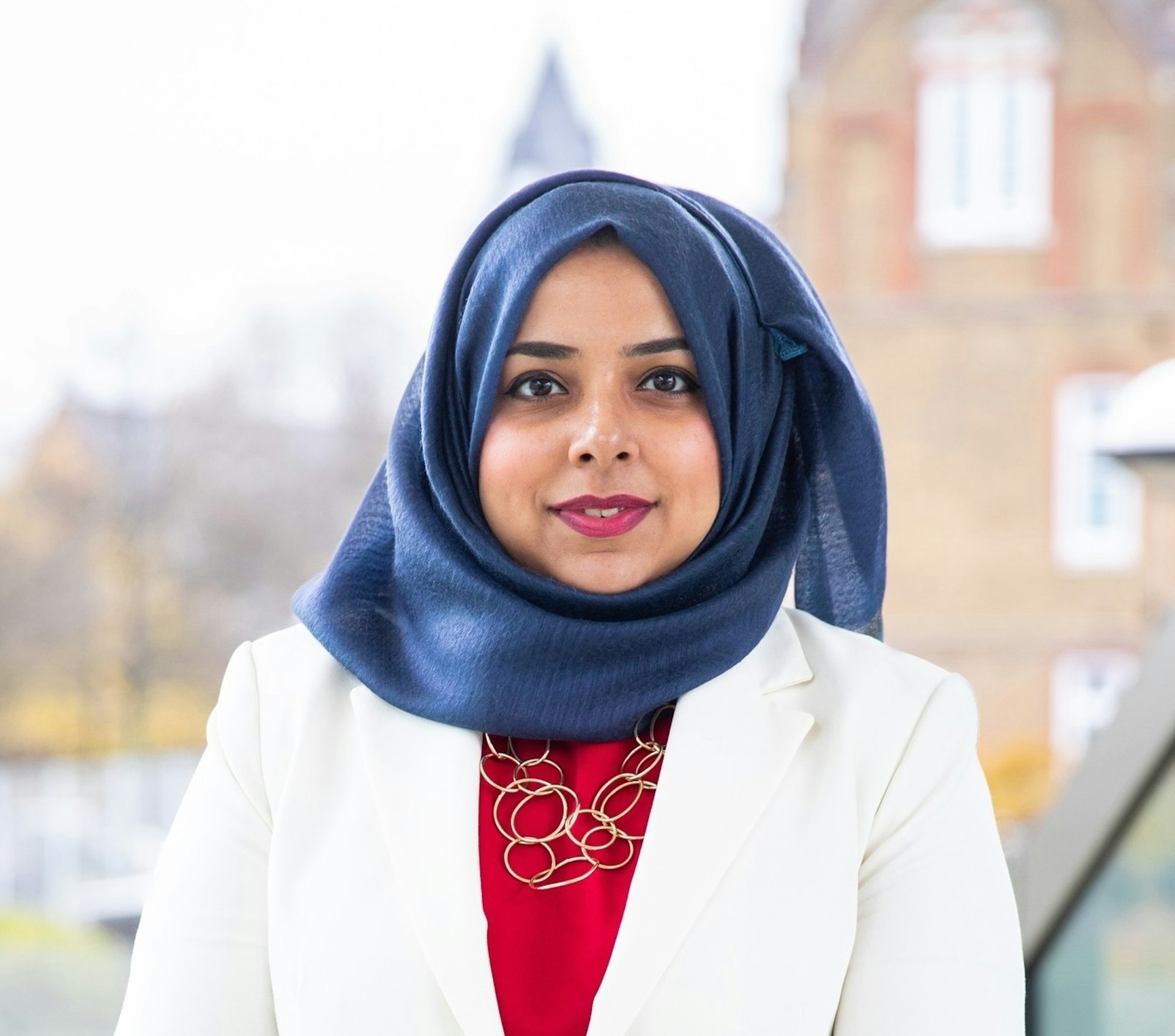
“I refuse to accept child poverty is a normal part of our society”: Apsana Begum MP on voting to scrap the cap
After seeking to “enhance” the King’s Speech by voting for the scrapping of the controversial two child benefit cap, the MP for Poplar and Limehouse lost the Labour Whip.
Written by: Apsana Begum
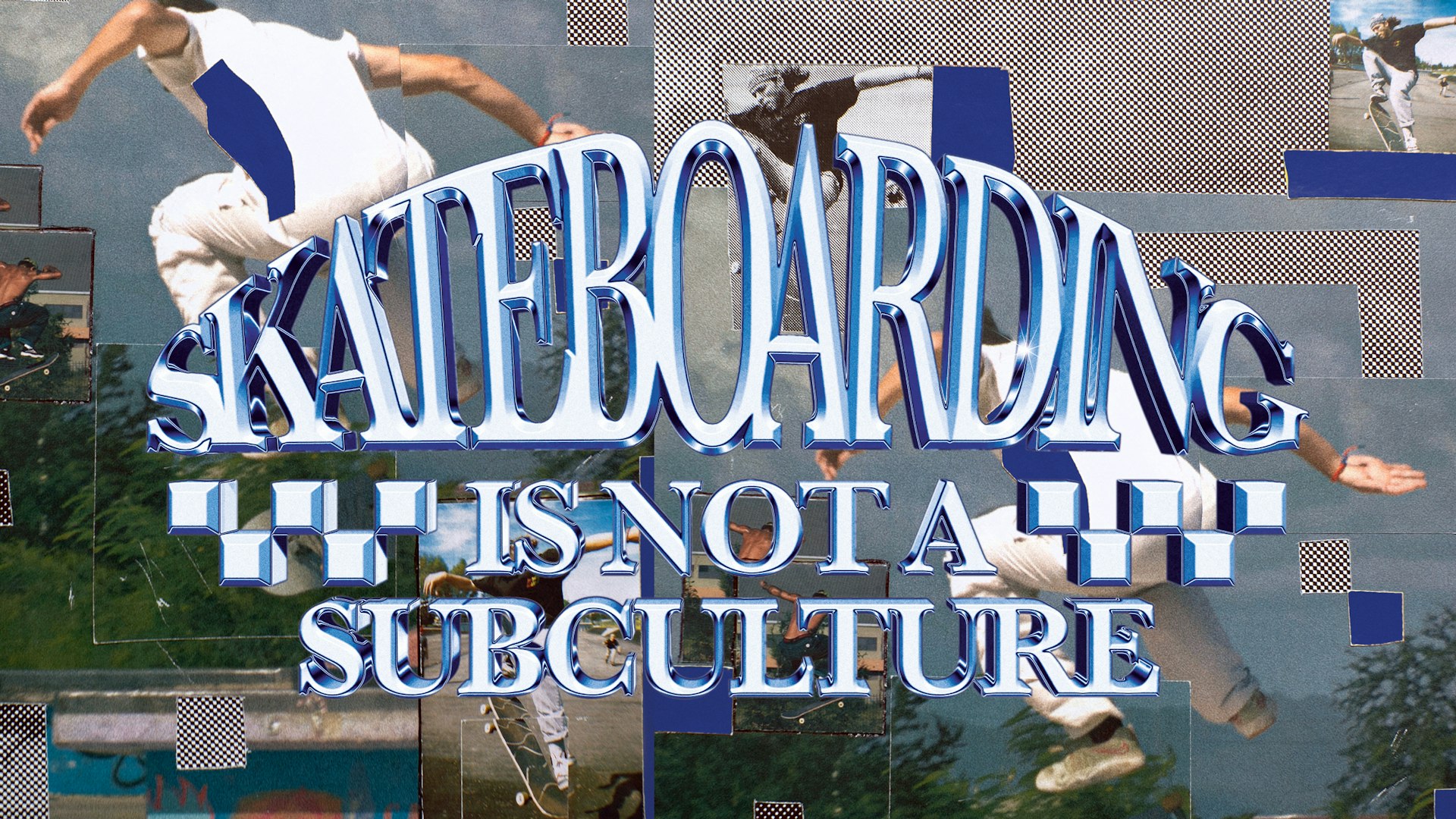
Is skateboarding really a subculture anymore?
With skate’s inclusion in the Olympics, Kyle Beachy asks what it means for the culture around the sport, and whether it’s possible to institutionalise an artform.
Written by: Kyle Beachy
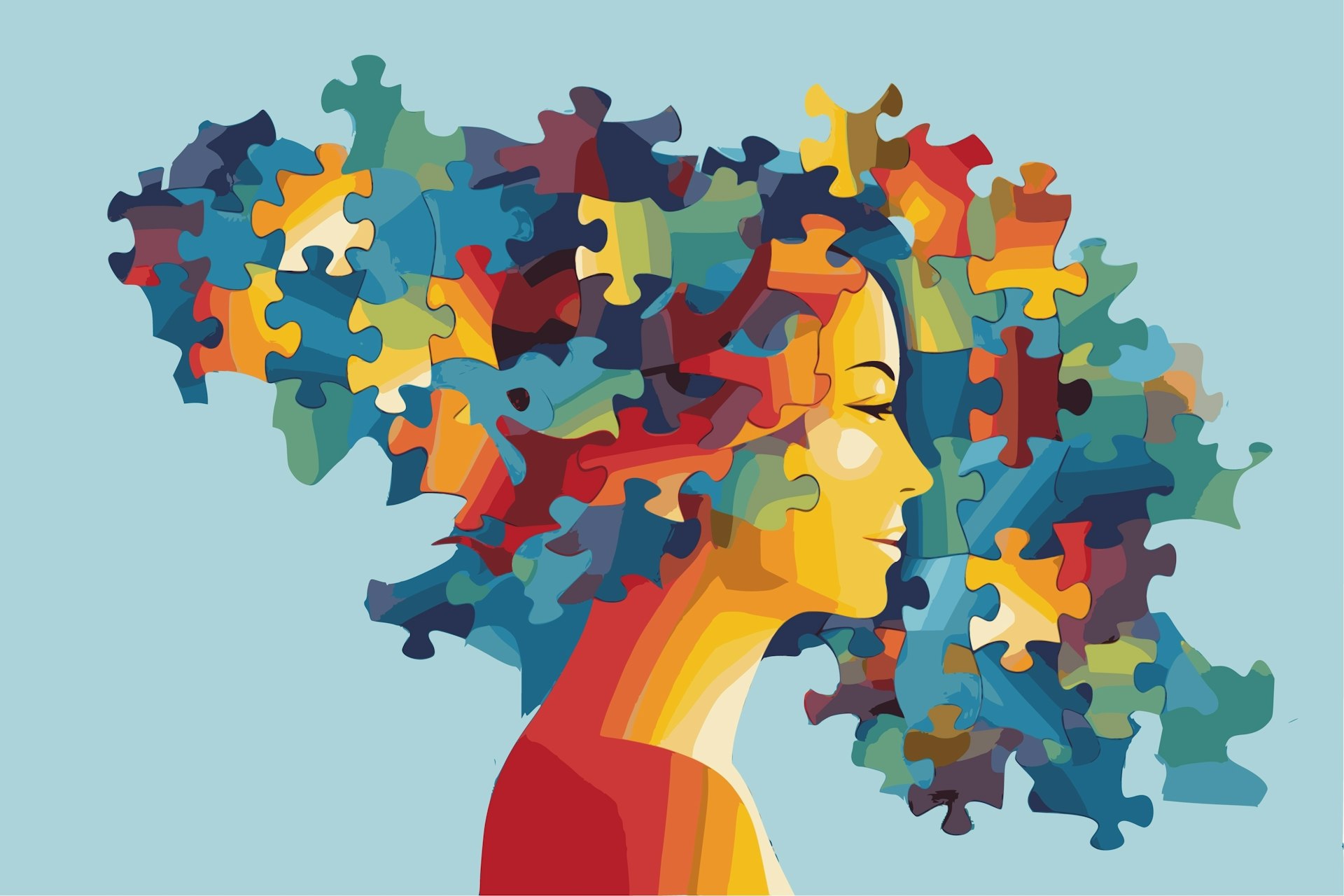
Autism cannot be cured — stop trying
A questionable study into the ‘reversal’ of autism does nothing but reinforce damaging stereotypes and harm, argues autistic author Jodie Hare.
Written by: Jodie Hare
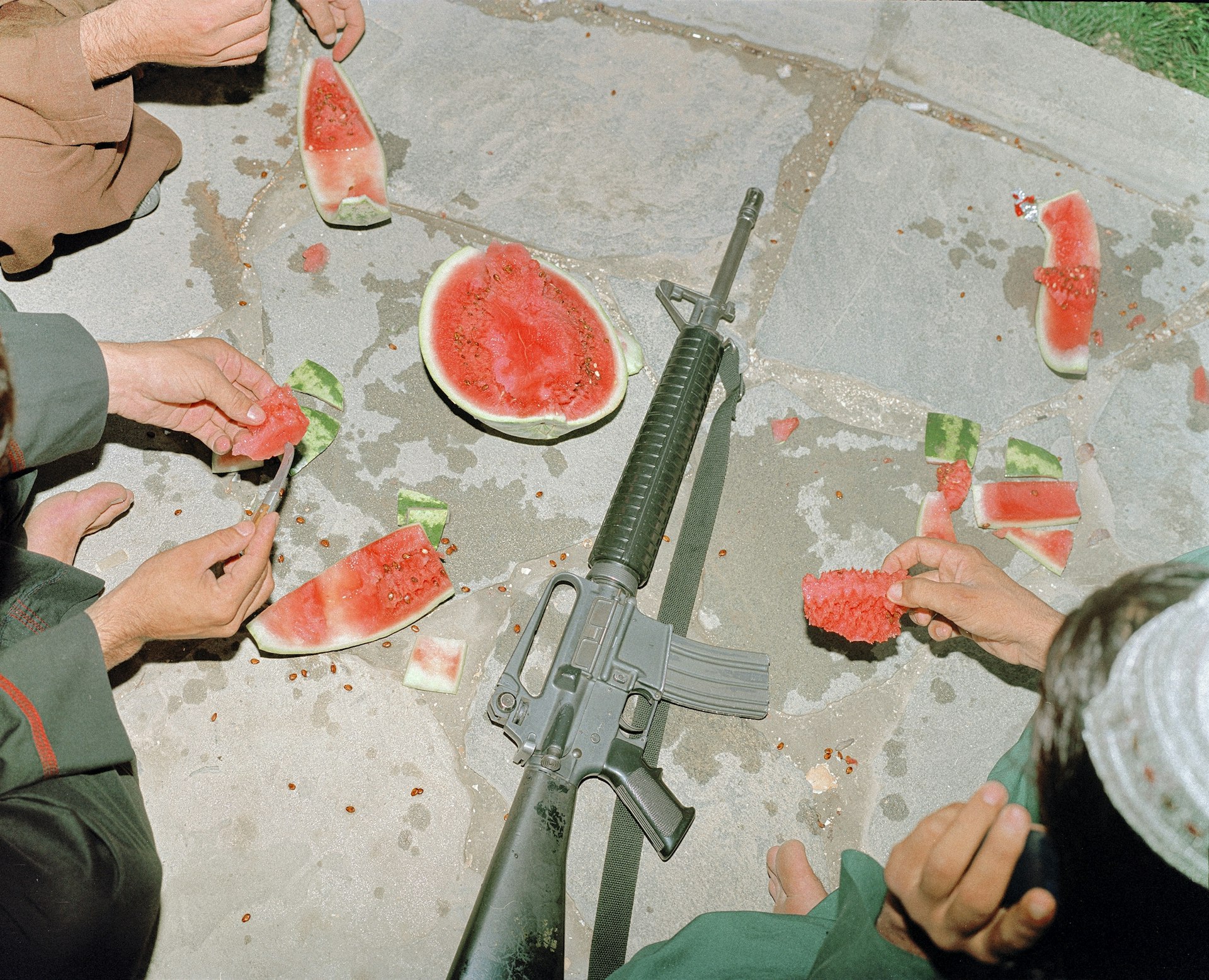
Bristol Photo Festival returns for second edition
After the success of it’s inaugural run, the festival returns this autumn with exhibitions, education and community programmes exploring a world in constant motion through still image.
Written by: Ben Smoke
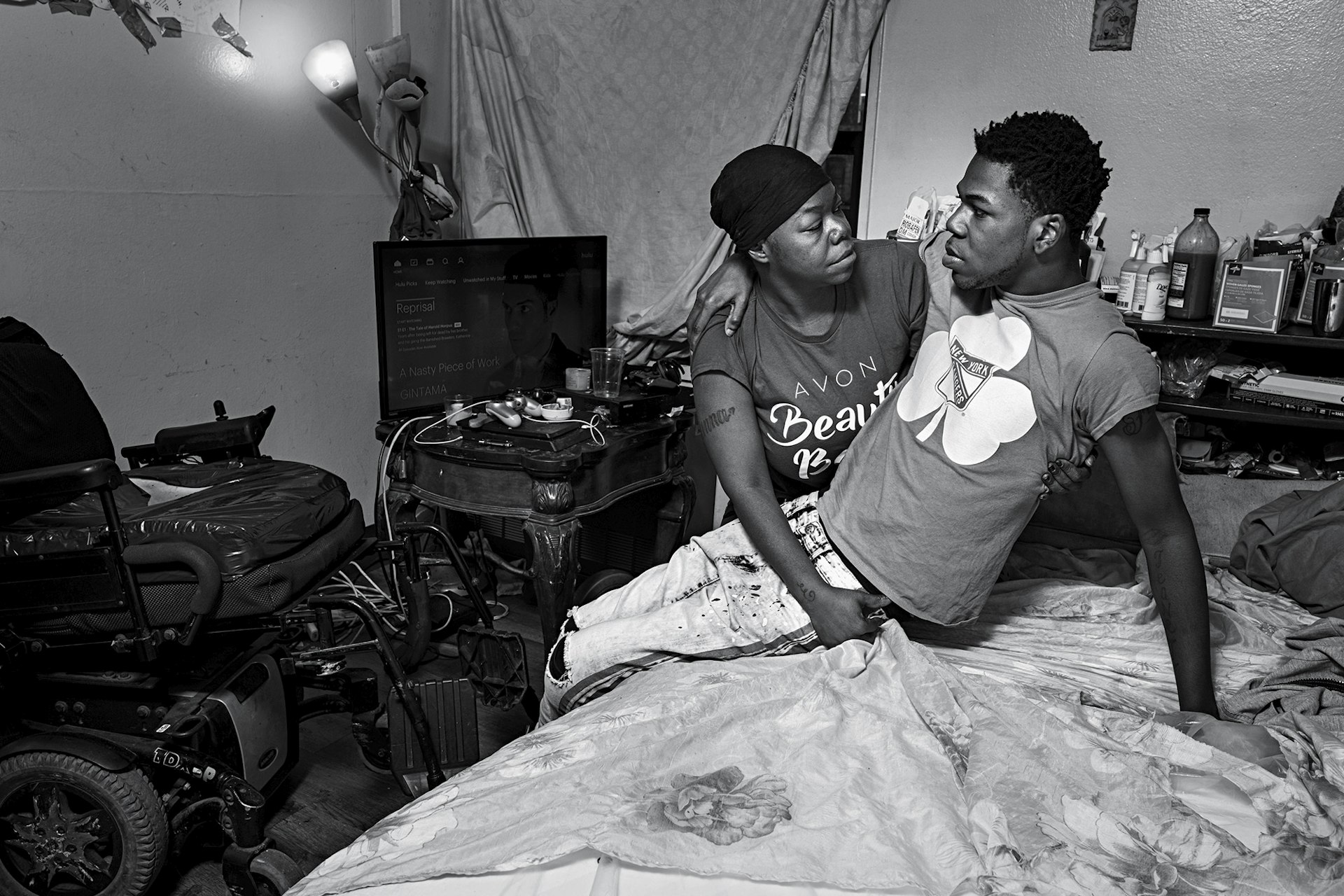
Documenting the life of a New York gang leader paralysed by gun violence
New photobook ‘Say Less’ is a complex yet humanising look into a life wrecked by gun violence and organised crime.
Written by: Isaac Muk
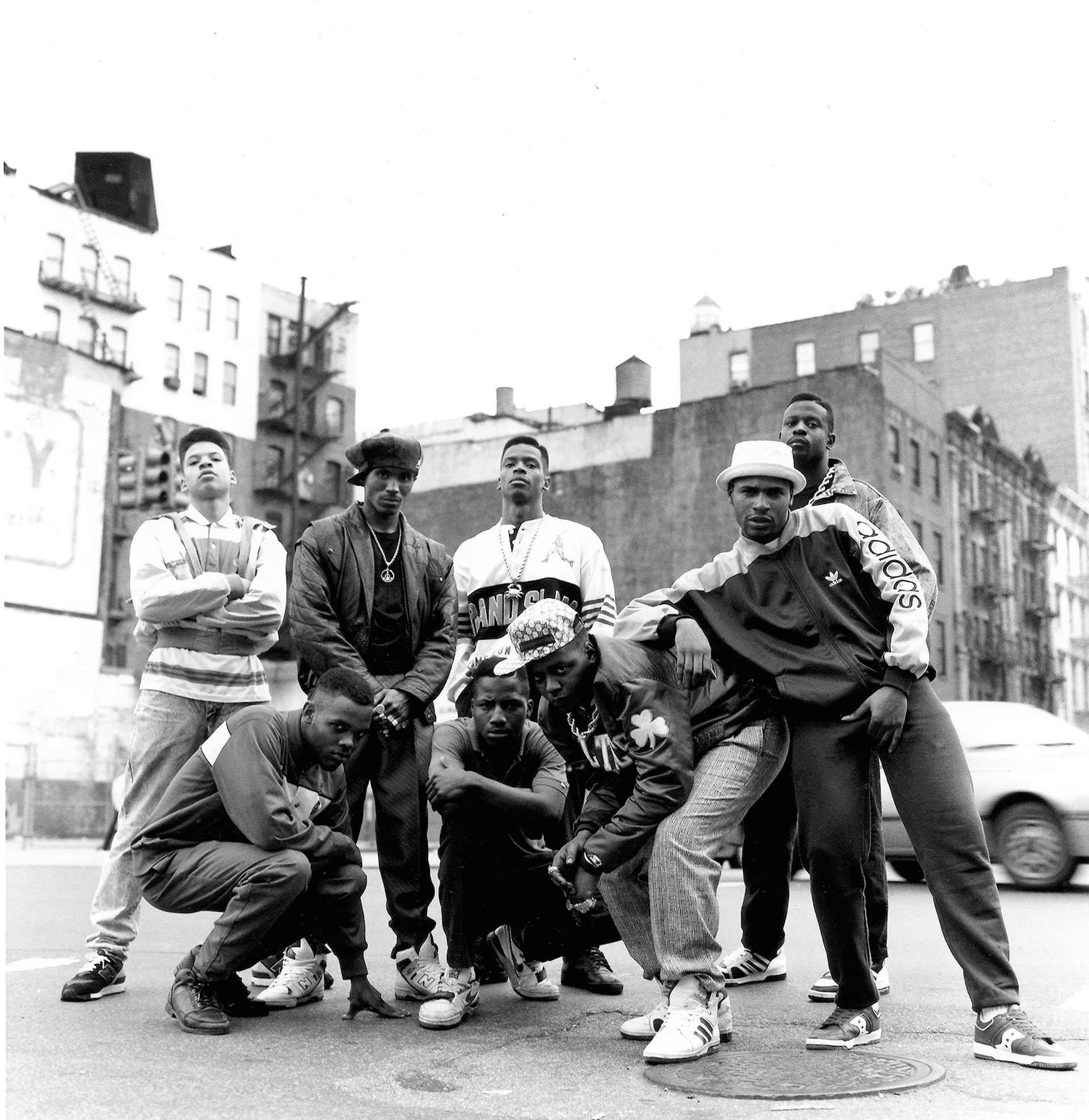
The woman who defined 80s Hip Hop photography
A new exhibition brings together Janette Beckman’s visionary and boundary pushing images of an era of cultural change and moral panic.
Written by: Miss Rosen